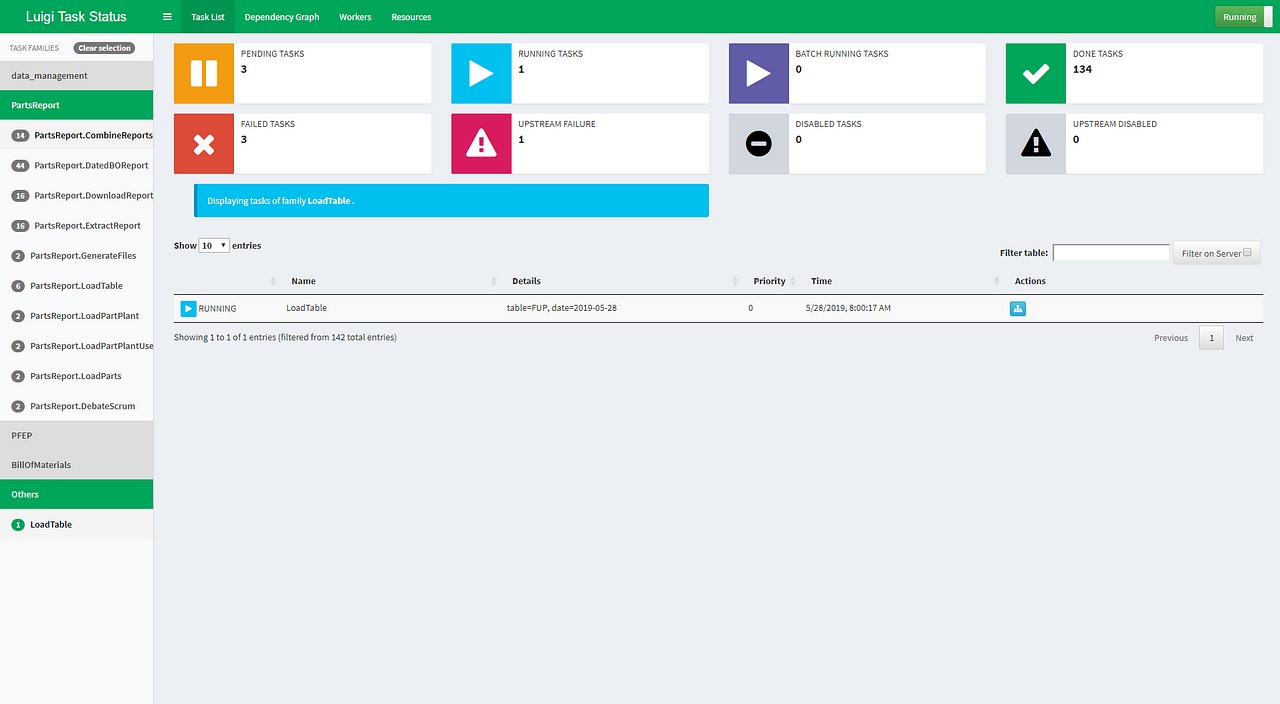Jinja Template Array
Jinja template array - Jinja works with python 2.6.x, 2.7.x and >=3.3. Special placeholders in the template allow writing code similar to python syntax. You can use templating with the template module. Then the template is passed data to render the. You can add an element to a list using the. It represents a compiled template and is used to evaluate it. You have a simple syntax error; Backend is a dotted python path to a template engine class implementing django’s template backend api. Adding an element to a list. Jinja2 is being is used in apitemplate.io as the templating language.
Viewed 12k times 0 1. Ansible will look for jinja2 template files in your project directory or in a directory named templates under your project directory. You should be using brace brackets instead of parentheses. Jinja2 templates is widely used in ansible playbook to access variables, configuration etc. Templating (jinja2) ansible uses jinja2 templating to enable dynamic expressions and access to variables and facts.
I Template, parte tre modelli avanzati con Jinja2 su Home Assistant
Special placeholders in the template allow writing code similar to python syntax. Jinja is a fast, expressive, extensible templating engine. Backend is a dotted python path to a template engine class implementing django’s template backend api.
javascript Flask + jinja how to reference jinja variable by
Adding an element to a list. This document describes the syntax and semantics of the template engine and will be most useful as reference to those creating jinja templates. Jinja2 is being is used in apitemplate.io as the templating language.
Can you template from an array of attributes? Configuration Home
It can be used together with html to. You have a simple syntax error; Backend is a dotted python path to a template engine class implementing django’s template backend api.
Develop your first web application in Django 1.10 Part 3 Adnan's
Template is the central template object. You should be using brace brackets instead of parentheses. Because lists are dynamic data structures, you can add and remove elements from lists in your jinja template code.
Can you template from an array of attributes? Configuration Home
Backend is a dotted python path to a template engine class implementing django’s template backend api. Ansible will look for jinja2 template files in your project directory or in a directory named templates under your project directory. Jinja2 is being is used in apitemplate.io as the templating language.
The best Automation/Workflow Management tool? Airbnb Airflow vs Spotify
Modified 4 years, 7 months ago. First install and setup jinja using virtual environment:. We import the template object from the jinja2 module.
Flask with Chart.js Tutorial การประยุกต์ใช้งานร่วมกันระหว่าง Flask
This document describes the syntax and semantics of the template engine and will be most useful as reference to those creating jinja templates. Jinja2 is being is used in apitemplate.io as the templating language. Jinja2 templates is widely used in ansible playbook to access variables, configuration etc.
大和神社は御祭神大国主命の荒魂が鎮座するパワースポット 地域活性化のヒント
If using python 3.2, old version of jinja needs to be used. First install and setup jinja using virtual environment:. Because lists are dynamic data structures, you can add and remove elements from lists in your jinja template code.
This document describes the syntax and semantics of the template engine and will be most useful as reference to those creating jinja templates. We import the template object from the jinja2 module. This video explains how to use jinja templates to filter on array columns and select distinct elements. Then the template is passed data to render the. Modified 4 years, 7 months ago. Template is the central template object. You can add an element to a list using the. Ansible will look for jinja2 template files in your project directory or in a directory named templates under your project directory. Because lists are dynamic data structures, you can add and remove elements from lists in your jinja template code. Templating (jinja2) ansible uses jinja2 templating to enable dynamic expressions and access to variables and facts.
You have a simple syntax error; Viewed 12k times 0 1. If using python 3.2, old version of jinja needs to be used. Jinja works with python 2.6.x, 2.7.x and >=3.3. Special placeholders in the template allow writing code similar to python syntax. Jinja2 is being is used in apitemplate.io as the templating language. Jinja2 templates is widely used. (% for mounts in { { ansible_mounts }} %) mountpoint: It represents a compiled template and is used to evaluate it. It can be used together with html to.
First install and setup jinja using virtual environment:. Let’s create a templates directory to keep thing. You should be using brace brackets instead of parentheses. Jinja2 templates is widely used in ansible playbook to access variables, configuration etc. Use a ansible array variable with loop in jinja2 template [duplicate] ask question asked 4 years, 7 months ago. You can use templating with the template module. Backend is a dotted python path to a template engine class implementing django’s template backend api. Adding an element to a list. Jinja is a fast, expressive, extensible templating engine.







